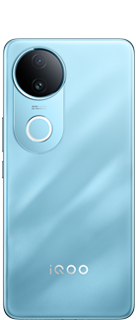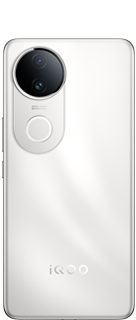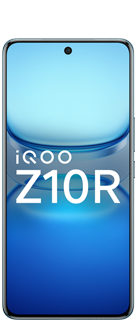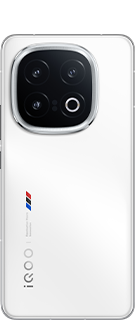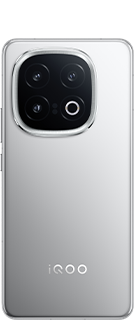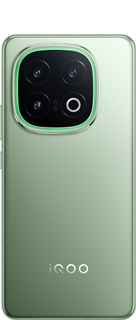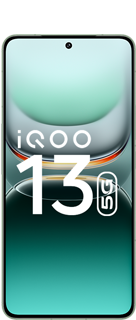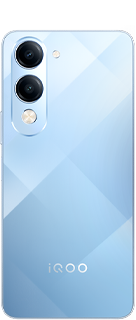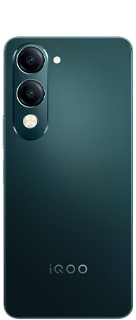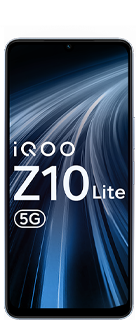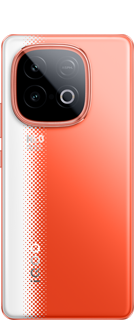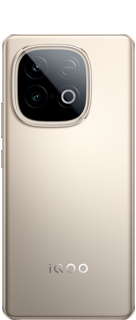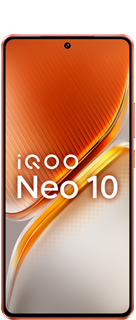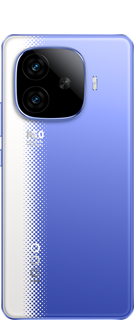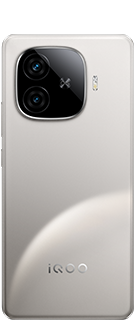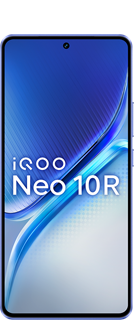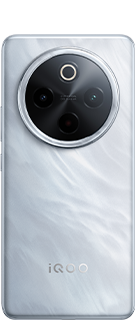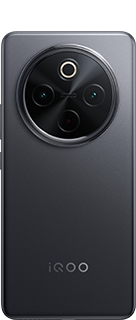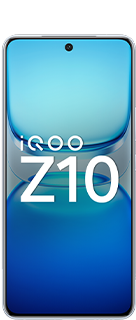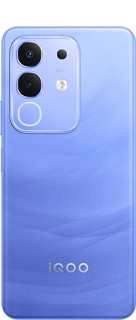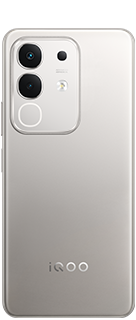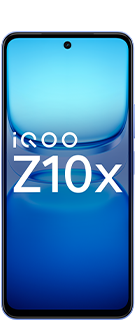UV SCREEN PROTECTORS:- Everything you need to know.
To protect our smartphones, we often apply tempered glass or screen protectors. And today we are going to learn about such a screen protector which is UV screen protector. The screen protectors are used to protect the screen from external damage, but in some cases this can be a great problem, and void the warranty of the device.

What is UV tempered glass?
UV tempered glass sound so catchy and it sounds like some high end tempered glass. In reality, the glass has nothing to do with UV. It is just a normal glass without any glue/sticky substance that sticks a tempered glass to the phone.
UV tempered glass package comes with an adhesive called LOCA gel. LOCA is a short form of ‘Liquid Optically Clear Adhesive). LOCA gel is used to stick cover lens, glass etc. to phone’s body and as it is a clear adhesive, it has superior optical properties. As you use Ultraviolet light (UV) to harden this liquid glue, and as a result such screen protectors without glue got their name UV screen protectors.
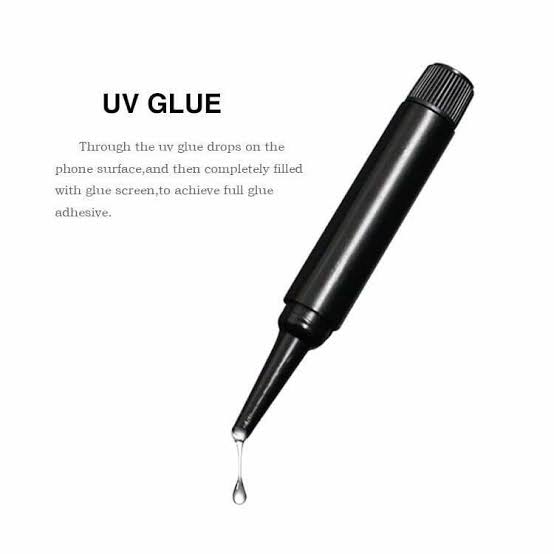
Issues with using a UV Glue Tempered Film
To fix the UV glue screen protector a drop of UV glue needs to be dropped on the smartphone’s screen before curing the glue using ultraviolet light. This installation method provides better adhesion than conventional solid glue tempered films, resulting in a more secure fit that is less likely to detach during regular usage. But this installation method can be risky and can cause damage to your phone.
1. It is very difficult to get apply LOCA glue: It requires professional hands to apply LOCA glue and stick tempered glass. If the glue overflows on to the phone’s body and into the phone, it can cause damage to the phone. You have to be really accurate to apply the glue.
2. Formation of bubbles on the screen: Before installing a UV glue tempered film, the UV glue must be evenly applied onto the screen’s surface and subsequently covered with a tempered film. Improper execution of this method may result in uneven glue distribution and the formation of permanent bubbles on the screen’s surface.
3. The buttons can malfunction: During the application process, the UV glue used in a UV glue tempered film has the potential to seep into the gaps located between the buttons of the smartphone and along the arc of the screen and middle frame. If not detected and addressed before curing the glue, this can cause the buttons to adhere to the shell of the phone, leading to their functional impairment.
4. The earpiece speaker might produce a muffled sound: UV glue can also easily infiltrate the earpiece speaker’s small perforations. Upon the glue’s curing, the speaker holes can become obstructed, causing a muffled or complete lack of sound output.
5. Touch screen and fingerprint failure: The thickness of the tempered film can exceed that of the device’s built-in protective film by two-fold or more. This thickness disparity can cause deviations in capacitance sensing upon touch input, ultimately impairing touch screen responsiveness. Additionally, under-screen fingerprint recognition may be compromised due to the tempered film’s effect on light transmission, leading to less sensitive recognition of fingerprints.
6. Overpriced: Most of these UV tempered glasses come at minimum price tag of 499/-. That is nearly 5-6 times the price of a generic tempered glass. Though this costs 499/- or higher, these does not offer any kind of superior protection compared to generic tempered glass. The only reason they cost so much higher is because they are using this fancy ‘UV glass’ name and they have some extra things in the package, like UV light emitter and LOCA glue.

UV treatment is a tedious process
Once you apply the glue and put on the glass, you have to treat the glass with UV glue for 5 to 10 minutes, sometimes even more. This is a headache as you have to move the UV light over the phone over and over and over for 10 minutes. It takes 24 hours to 48 hours for the glue to really stick, even if you harden it using UV light. So, during this time, you should not use the phone with a case and you should not do things that require lot of swiping and rubbing.
Harder to remove in case of damage
Over a period of a year, we tend to change tempered glass at least once. A normal tempered glass costs 70 rupees (approx.) and is very easy to remove. You hold in one corner and peel it off. Unlike a normal tempered glass, it is very hard to remove an UV tempered glass, it requires significant amount of efforts in many cases to remove a LOCA gel based glass. This is because the LOCA (adhesive) is a lot stronger.
NOTE:- APPLYING UV SCREEN PROTECTOR DOESN’T VOID THE WARRANTY OF THE DEVICE BUT ANY KIND OF DAMAGE CAUSED WHILE APPLYING IT OR REMOVING IT DOES.
Special thanks to @465672 for bringing this topic in sight 🙂
Information credits:- Google search
Picture credits:- Google search
Motivation for this thread:- @465672
Follow @Lakshay for more such informative content. If you also have any topic on which you want me to put some light then feel free to tell it in the comments.
Thanks for reading and stay Questing till next thread
iQOO Moderator
Please sign in
Login and share
